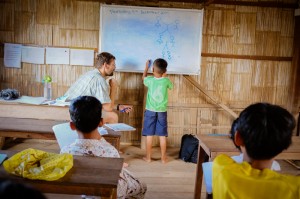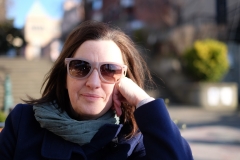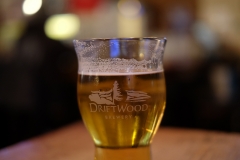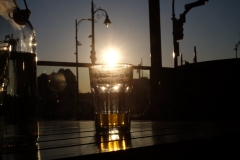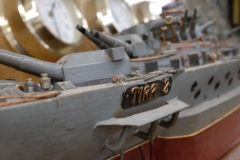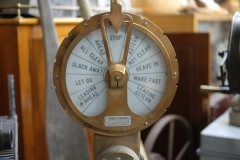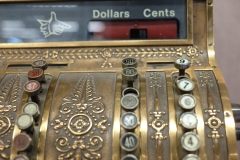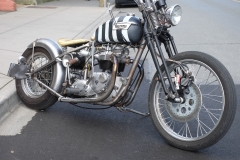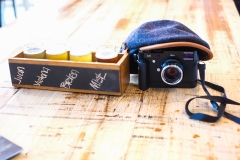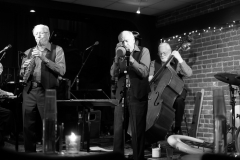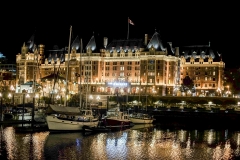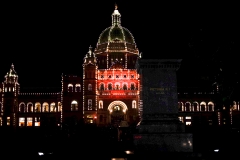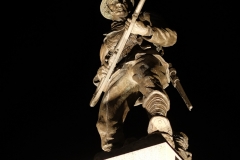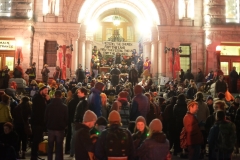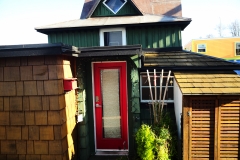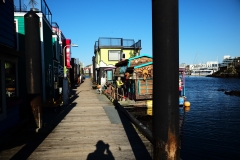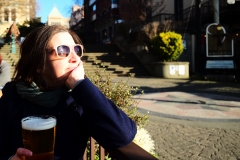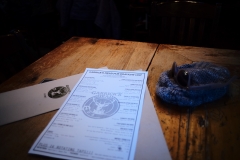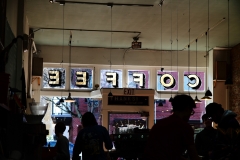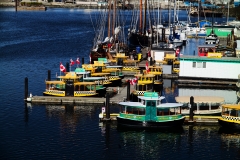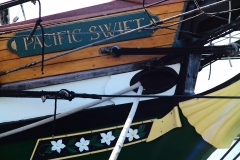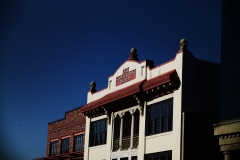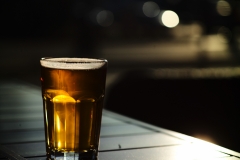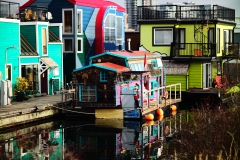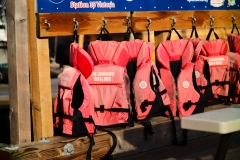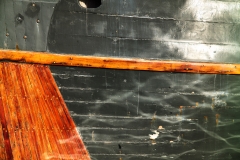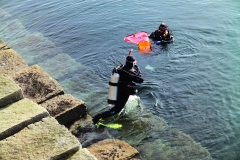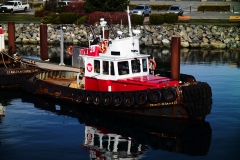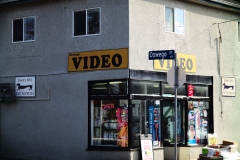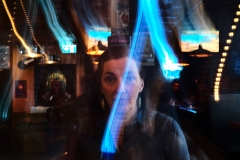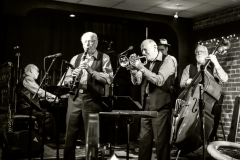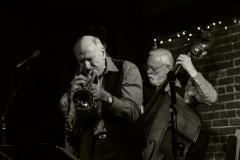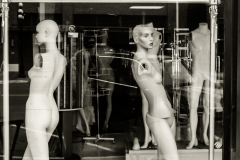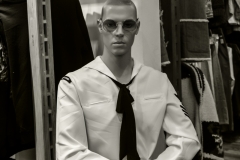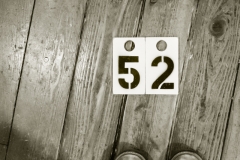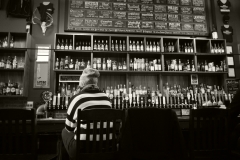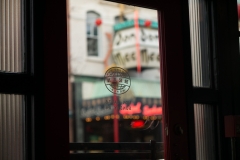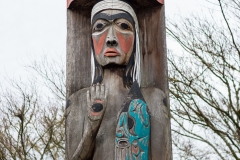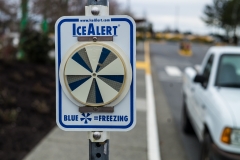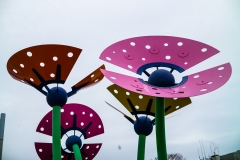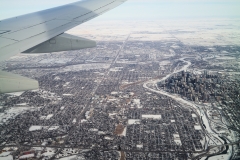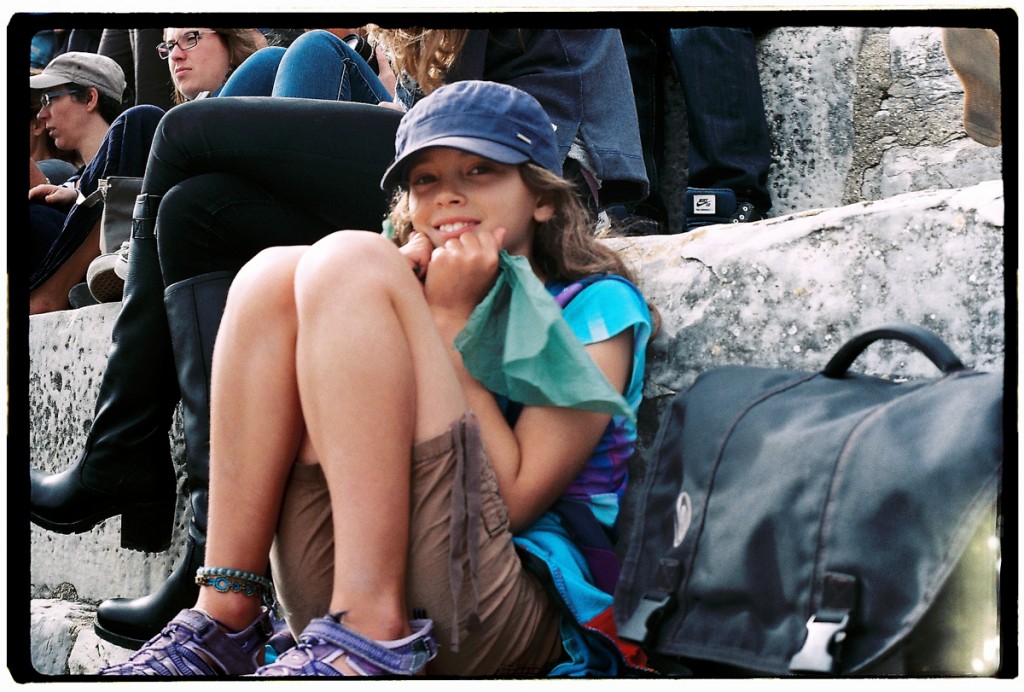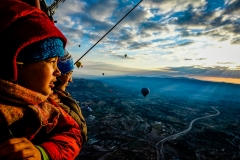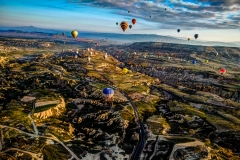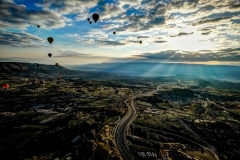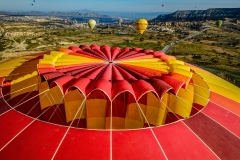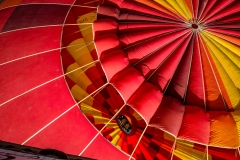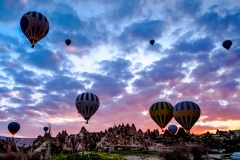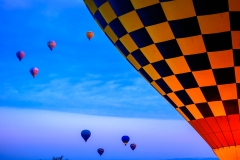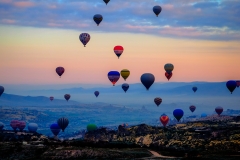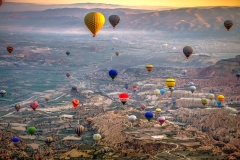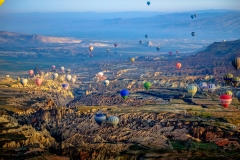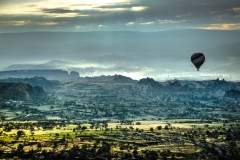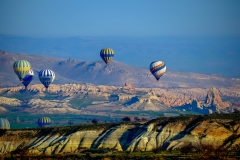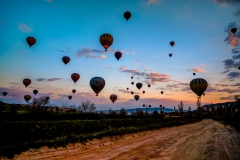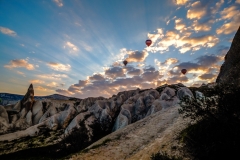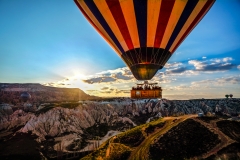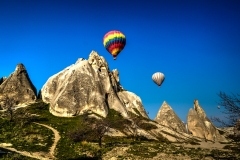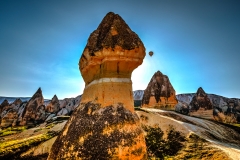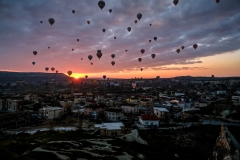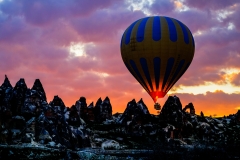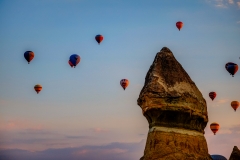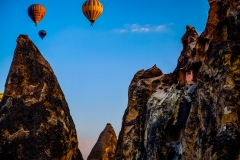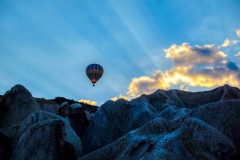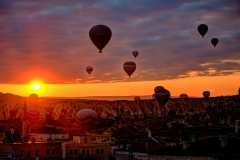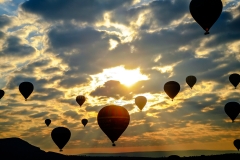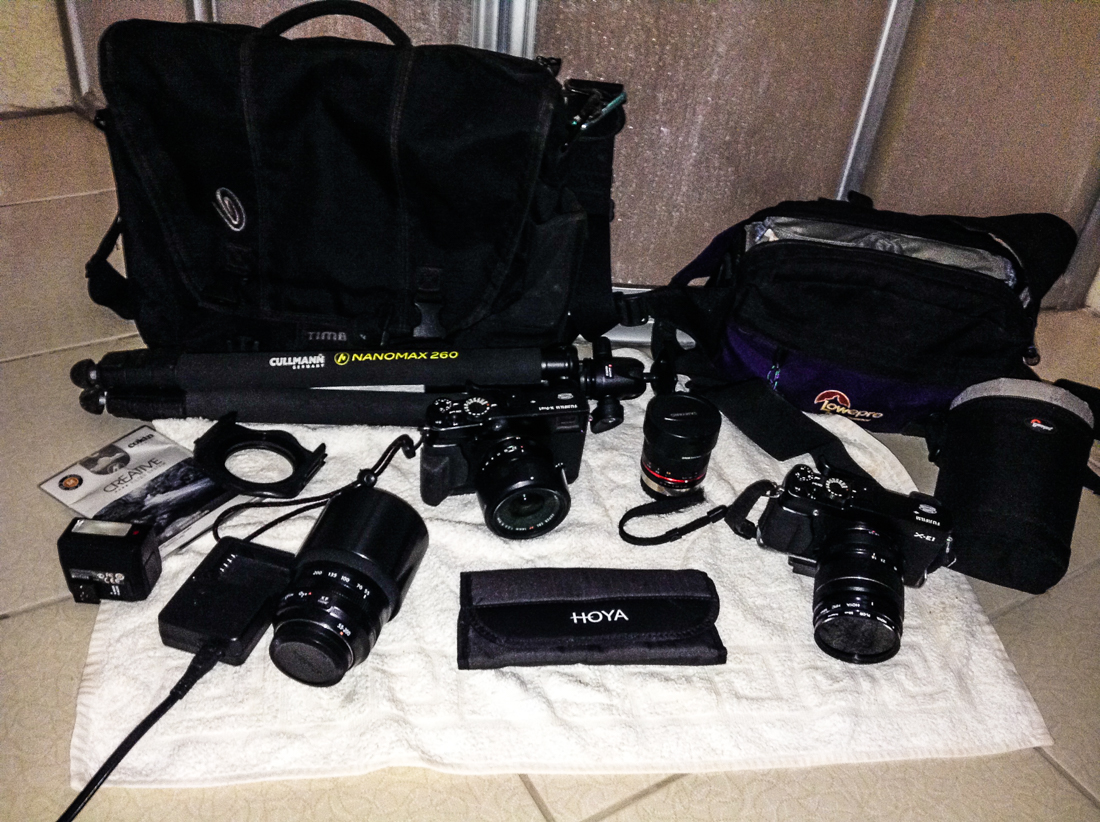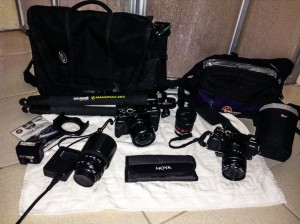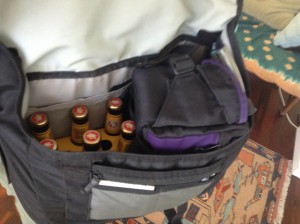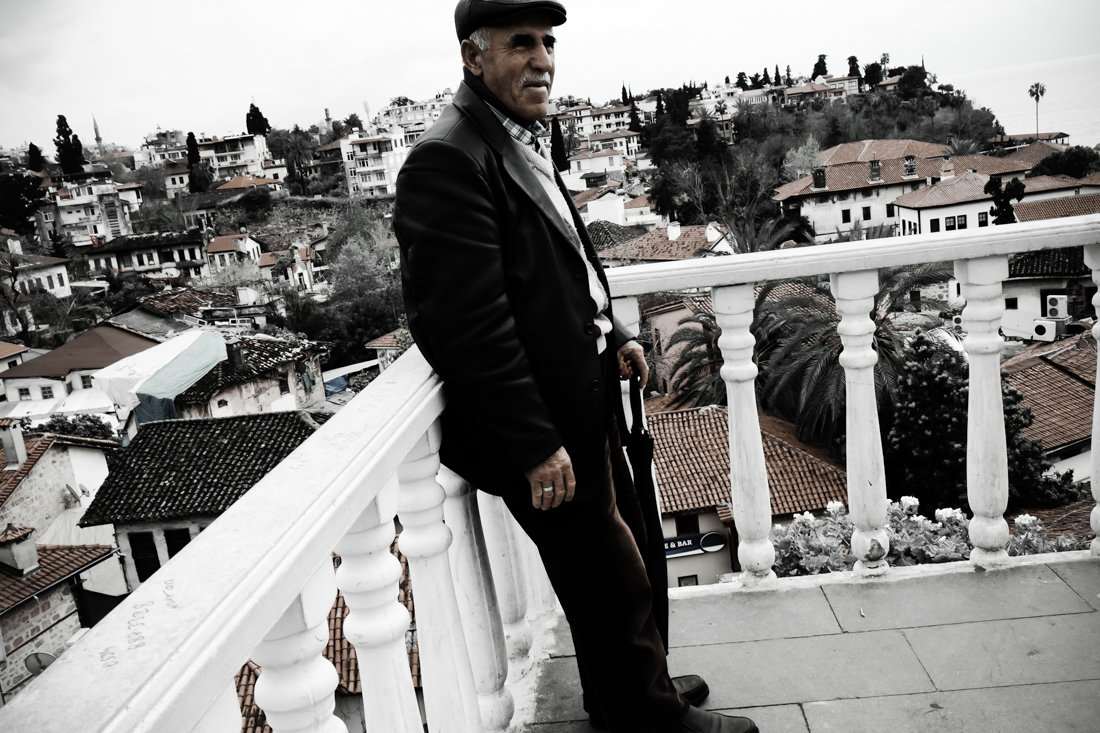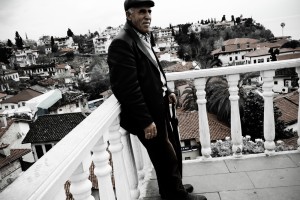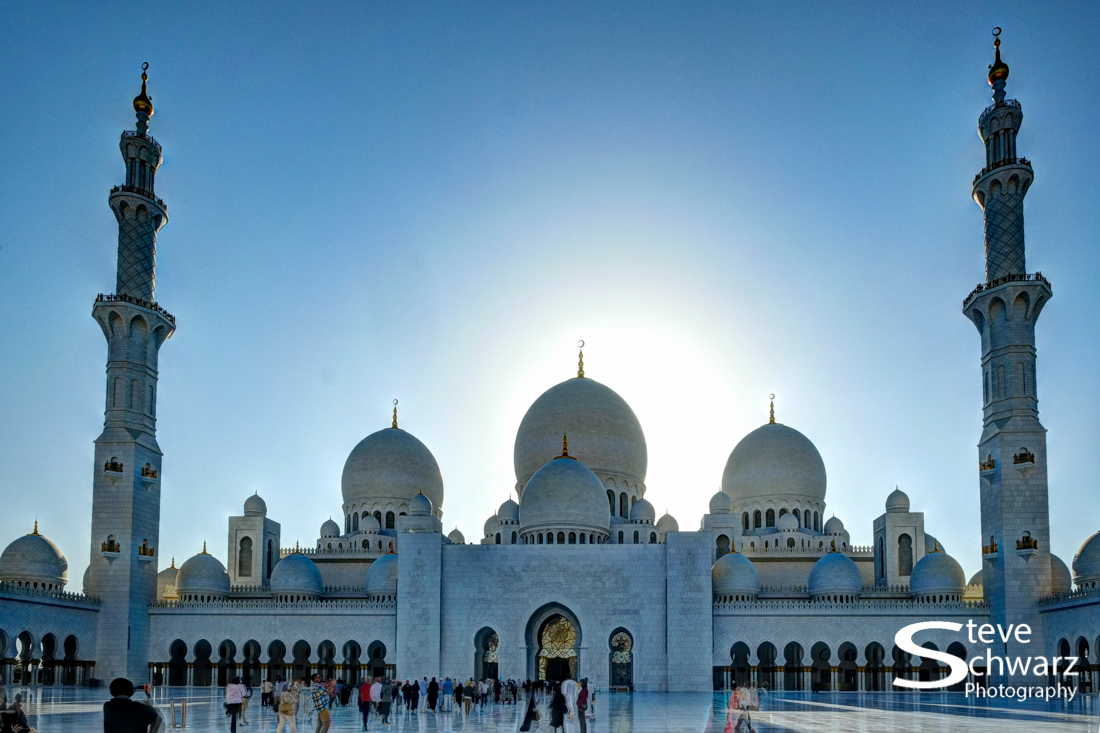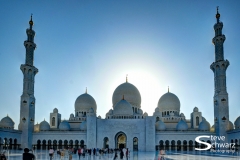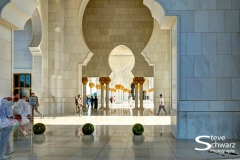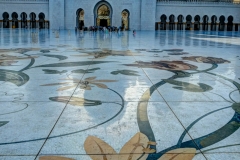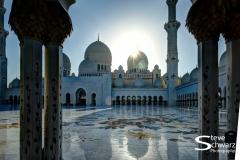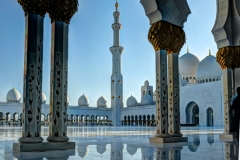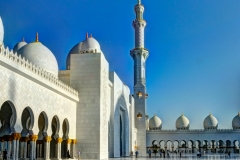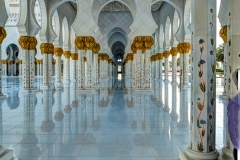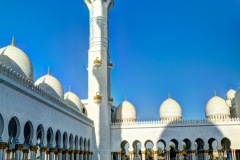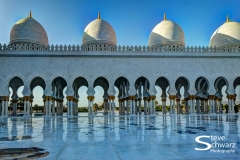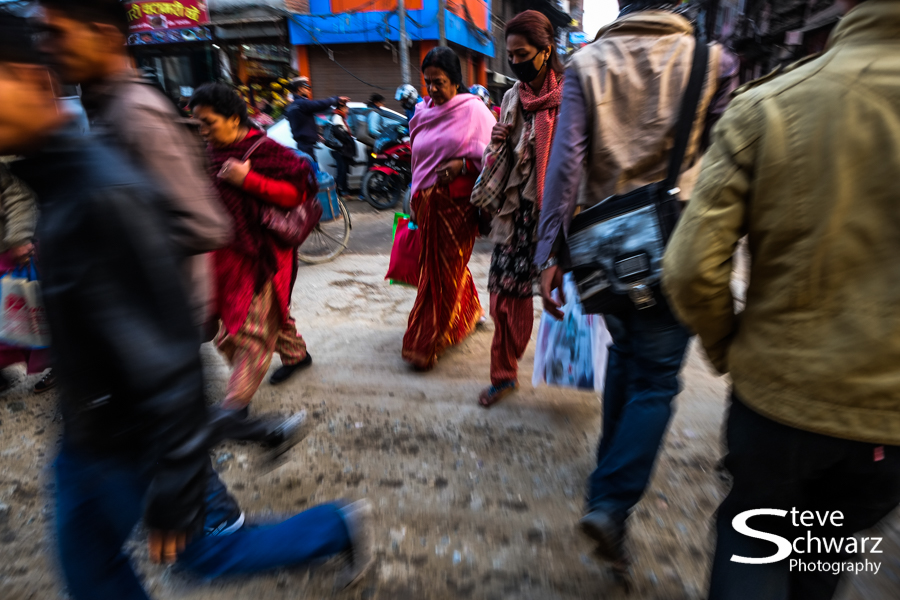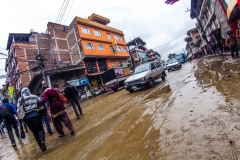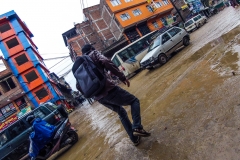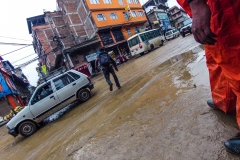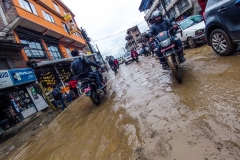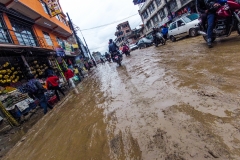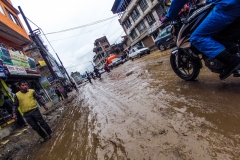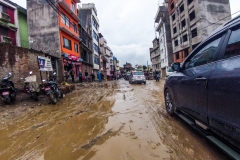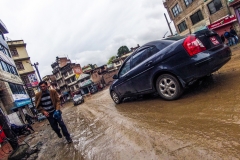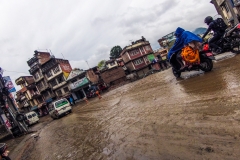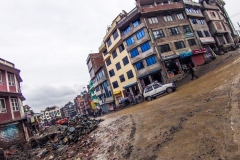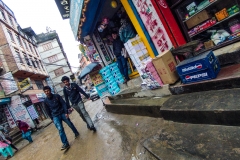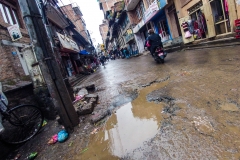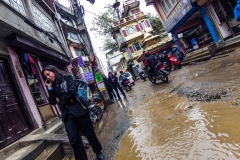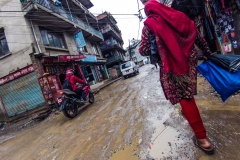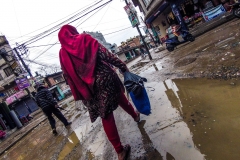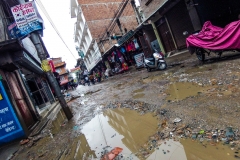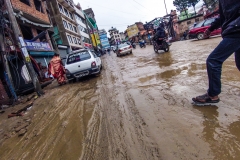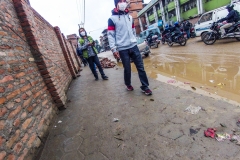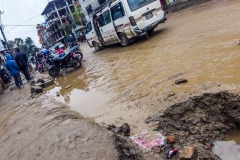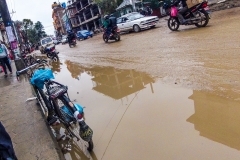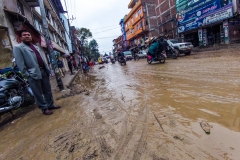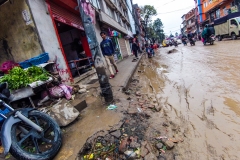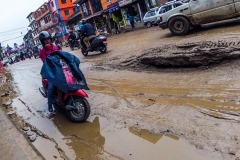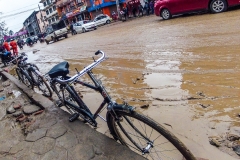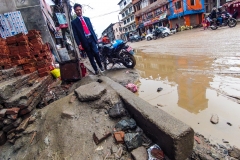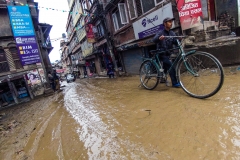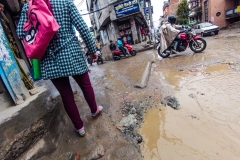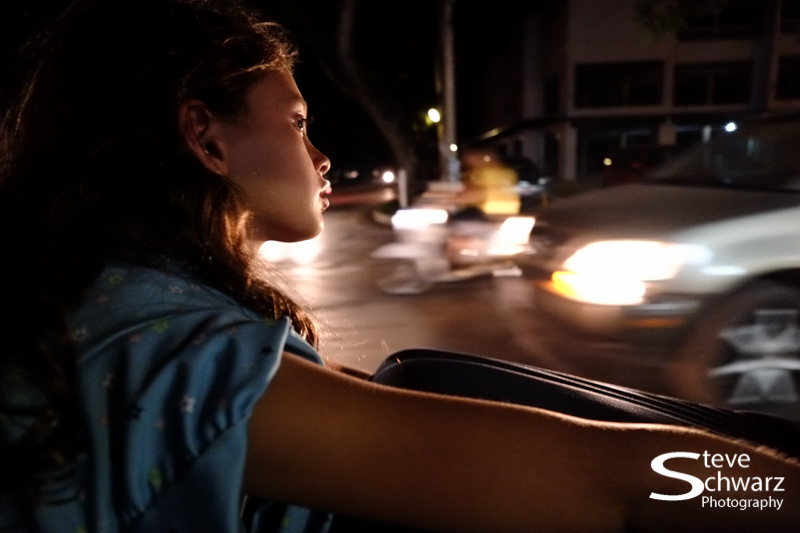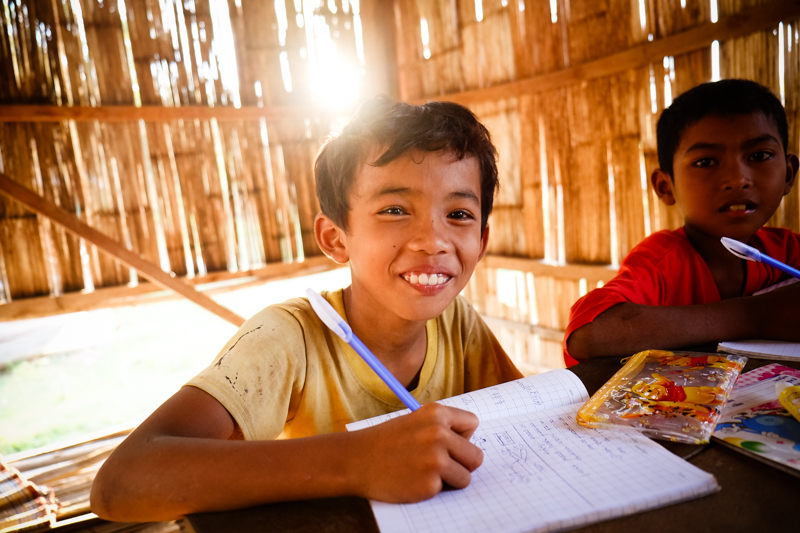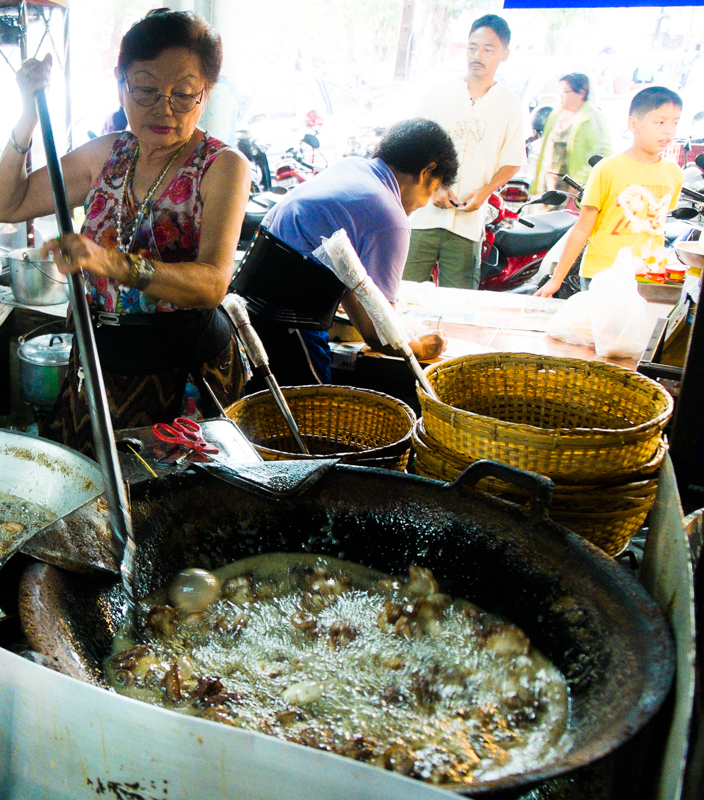By Canadian standards, we are am not rich – more like middle of middle class. A family with two kids, living in a 1000 square foot house, drive a small car, and a couple of bicycles. In September 2014, my wife and I put our jobs on hold, rented out the house, sold the car and many other possessions, and started a year long travel adventure. Why ?. We were getting fed-up with the day-to-day routine of going to work/school, and the rat-race of driving the kids to/from activities, tired of endless comparisons to other families (’they do this, and that, and their kids are super awesome athletes…’), and also we wanted our kids to get a better understanding of the world, and a better appreciation for what they have. Career wise, I need a break. Sitting in front of a computer for 7 hours a day has a way of sucking the life out of me. A year long is what my soul needs to get a new perspective on your life and to see if I want to get back to my old job or make a career shift.
So – back to the here and now in Cambodia. We are staying in a small village along a rural road. It is really sinking in. As I walk the street, I see how people live. There is garbage along the street, many people wear worn out clothes, the houses look dirty, the air is the smell of sewer and burning household waste, and fresh drinking water is non-existent. There are few cars – nothing more fancy that a beat-up old Honda. Most people have motorcycles and there is enough room for a family of four, or a large pig on the back, several large bags of rice or corn. It seems that no load is too much – if it still runs, than load more bags of rice. Despite all this, people still say ‘Hello’ and wave at me. I politely wave back, though deep in my gut I feel this horrible sickening feeling. Guilt makes my stomach cramp. Why do I have clean clothes, a choice of food (other than rice everyday), a car, municipal garbage pickup, and a decent house with clean water, flush toilets and a septic system; yet they have none of this. In a better frame of mind, I would like to photograph what I see, though pulling out my camera makes me feel like some ignorant tourist looking at them as if they were in a zoo.
The local school does not have any computers (even though one class is called ‘the computer room’), hard wooden benches, no craft materials, no text books, no workbooks, only a well used whiteboard and a couple of very faint markers, no resources for teachers and often no teachers. During this year away, my kids are home schooling (some call it road schooling). They have their school curriculum on their iPads (one for each kid), a pencil case full of markers, pencils, notepads and access to the internet. For the first time in my life, I feel very rich and privileged. Not simply because I have money to travel here (airfare from Canada), and accommodation is $10-15 USd per day, and food for a family of four another $10-15 USd per day, more importantly, I feel enriched and very privileged to be on this journey and living these experiences. Here rural in Cambodia, the average annual income is a mere $135USd (Farming – Resource Development International www.rdic.org/farming-page.php). They would certainly never have the opportunity to travel as I do. I am indeed privileged — born to middle class parents, got a good education, am endowed with skills, talents and desires unlike anyone else on the planet.
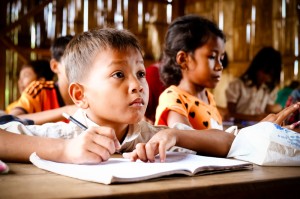
Social Privilege and Guilt…
It is a real privilege to travel like we do and the inequality of this privilege is something I consistently struggle with. I am assuming you are privileged too, with access to a computer and the internet to read this. When it comes down to it, most people in rural Cambodia do not even have computers, approximately 75% can read or write their own language and a tiny percentage can read or write english (Dec 04, 2014: http://www.voacambodia.com/content/cambodia-facing-ongoing-literacy-challenges-128470623/1356695.html).
I know I should not make comparisons with my own lifestyle and should not feel guilty, though is gets to you. Being here and seeing this it gets under your skin. Yes, it is a luxury to be able to have all the comforts that I have at home, and to have sufficient disposable income to visit travel to other countries. I am not saying that travel is a bad thing. Tourists (like me) traveling to and within other countries are buying airline tickets, staying in hotels, eating at restaurants, traveling by taxi, and taking adventure tours (zipline, elephant rides, white water rafting etc). Each one of these activities means that local people are getting money, money to feed their families and supporting the local economy and improve the quality of life of those people less fortunate than yourself.
But – we all know that most money goes to the company, and only a small percentage of the money filters down to the staff. The folks behind the hotel facade, those that clean the rooms, do the laundry, wash the dishes, get the groceries etc..they are missing out on what they really need. Yes, they have a job, and your money does help them to feed their families and pay their rent. Is this sustainable ?. Yes, sort of.
Using Social Privilege to Inspire others to do Great Things…
Think back to those families in rural Cambodia. I could give them money to buy some new clothes, or money to buy clean drinking water. Would this solve the problem ? For one, I would also be poor, and my money could only help a small number of the needy people. There has to be a better way. What can WE – the privileged world travelers do?. Being privileged is not my fault. We can sit on our rear ends and do nothing (and feel guilt about it), or find a way to help others. I like to believe that if we, the privileged, travel with a purpose that we can make a difference in people’s lives. One way, is to find ways and means to expand freedom and opportunities for others by volunteering. Some folks call this ‘volunteer tourism’. Volunteering in a school, and passing on your skills accomplishes so much more than simply giving money. Back to the here and now; I am in a small village in rural Cambodia teaching English to children ages 5 to 12. It is an amazing way to soak up the local culture while also providing a benefit that is better than renting a room in a hotel. One day, these children will be able to read and write english and have the opportunity to get well paying jobs, instead of simply making enough money to provide for their families. That being said, we are not teachers, although we have both taught children (including our own) on a add-hoc basis. We are both fluent in English so there is nothing extra to learn or research before class. The children are keen, and motivated, and in many ways more enthusiastic to learn than kids in my own hometown. Here, there are no computers, no text books, reading books, a chronic shortage of whiteboard markers and a seat-of-your pants curriculum. Despite this, this is by far one of the most rewarding experiences, particularly when the kids still want to be your friend, and actually thank you for teaching them.
Like many people we are traveling to foreign destinations to better understand and appreciate other cultures, and gain a better appreciation for what we have. We are privileged to be able to travel to foreign destinations, though what we see, and smell may bring on a feeling of guilt – why can we travel, whereas these citizens in those lands may hardly have enough money to buy enough food, or clothing. The feeling of guilt can be erased by providing opportunities for the people (and not simply making a donation). Take the time to make a difference in their lives by teaching them a skill so they they can be inspired to do great things. Before your next trip, consider ‘volunteer tourism’ as a way of using your privilege in a in positive and meaningful way, so that one day, those people can have the opportunity to get well paying jobs, instead of simply making enough money to provide for their families.
